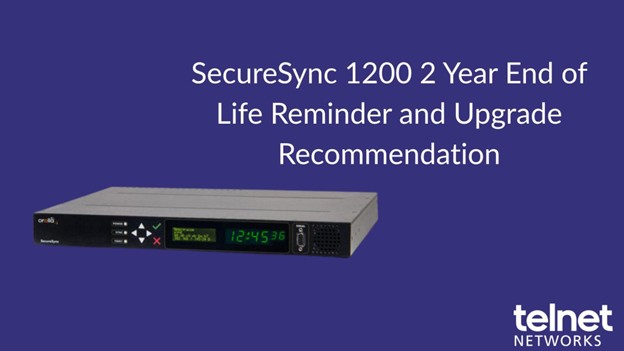Virtualization technology has tremendously transformed the modern data centre. Applications and operating systems are installed into virtual machine images instead of physical machines, which in turn are executed by physical servers running a hypervisor. Virtualizing applications provide many benefits, including consolidation — running multiple applications on a single physical machine — and migration — transparently moving applications across physical machines for load balancing and fault tolerance purposes.
In the future, data centres would have much more complex networks. There would be thousands of microservices to monitor with each service running on a separate server/rack/data centre because of redundancy reason. In the worst case, the “application” would be running all over the world in several data centres. To add to this complexity, there are even more difficulties because the applications can jump dynamically through the data centres. As a result, classical tapping will not be possible anymore!
This is the classical approach with a lot of issues like:
- Bandwidth
- Dynamic Breathing
- Cost
- Complex Configuration
Research from Gartner titled ‘Building Data Center Networks in the Digital Business Era’ mentioned that when making investments in data centre networking solutions, organizations should determine if their vendors can provide a single pane of management that extends to both on-premises and public cloud workloads, including:
- Network troubleshooting for workloads in multiple clouds
- Reporting for workloads in multiple clouds
- Creation of policy and configuration for workloads
- Visibility for workloads in multiple clouds
With better insight, you can set up a cloud environment that’s fully efficient and optimized for business requirements. The end goal of any data centre is to maintain excellent reliability, security and stability for users.
Thank you to Cubro for the article.







